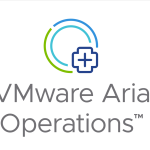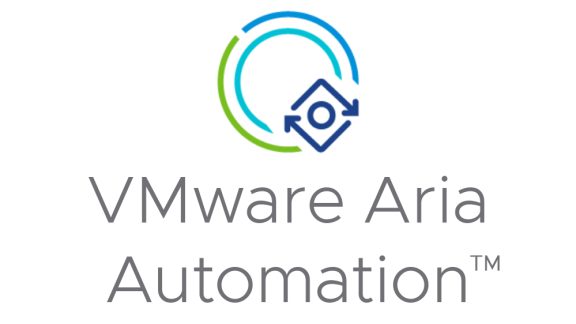I am happy to announce that the vRealize Automation content pack for Log Insight is now available! You may be wondering why the announcement given that a vCloud Automation Center content pack for Log Insight has been out for some time now. Is this just a rebranding update? No. This is a major update to the content pack!
In this post, I would like to discuss the changes in the new vRealize Automation content pack as well as prerequisite and configuration information required to use the content pack.
 Background
Background
As it turns out, with vRealize Automation version 6.1 and newer, the log structure for vRealize Automation events has changed and the result is the original vCloud Automation Center content pack for Log Insight, which was developed for vCloud Automation Center 6.0, does not work with vRealize Automation version 6.1 or newer. The new vRealize Automation content pack was specifically developed for vRealize Automation version 6.1 and 6.2 and should work with future 6.x versions as well.
Why the Log Change?
As mentioned, the log structure in vRealize Automation 6.1 changed from previous versions. This change was introduced as a result of the work done to create the vCloud Automation Center 6.0 content pack. During the development process, it was discovered that the logging structure was not conducive to extracting relevant information such as which component generated the event or what the severity of the event was. To address this, a new log prefix was added to all events, which consists of the following format:
<datetime> <hostname> <appname>: [component="<component>:<subcomponent>" priority="<priority>" thread="<thread_id>"] [tenantid="<tenant_id>" reqid="<req_id>"] <message>
Note: The first set of square brackets represents information that appears in all events (i.e. required) while the second set of square brackets represents information that may appear in all events (i.e. optional). Optional information will only appear if relevant to the log message.
As you can see, this new format makes it much easier to analyze vRealize Automation log events. Of course, this is only the beginning. Going forward, additional information will likely be added to the prefix including request tracking information making it possible to trace transactions through the various vRealize Automation services and components. While any additions to the prefix will require an updated content pack, now that the foundation of the prefix has been constructed, the vRealize Automation 6.1+ content pack should be forward compatible.
What else is New?
Several additional enhancements have been made to the content pack as well including:
- New visualizations: the vCloud Automation Center content pack was built with Log Insight 2.0 while the vRealize Automation content pack was built with Log Insight 2.5. With Log Insight 2.5, several new visualizations are possible for dashboard widgets making data analysis even easier. The vRealize Automation content pack leverages all of the new, powerful visualizations.
- vRealize Orchestrator and vRealize Code Stream content: dashboards, queries, and extracted fields specific to vRealize Orchestrator and vRealize Code Stream events have been added. Expect more vRealize Orchestrator and vRealize Code Stream content in the future!
- Telemetry data: assuming you are running vRealize Automation 6.2 or newer, telemetry data is now available and can be analyzed.
- Rebranding from vCloud Automation Center to vRealize Automation: all query titles, notes, and extracted fields have been renamed to follow the new branding of vRealize Automation.
Prerequisites
- vRealize Automation 6.1 or newer – versions 6.1 and 6.2 explicitly tested, older versions will not work, newer versions should work
- Log Insight 2.5 – older versions will not work
- Log Insight Linux agent – optional, but highly recommended
- Log Insight Windows agent – required with a specific configuration
Downloading and Configuring
The content pack is available from the in-product Log Insight marketplace or on VMware Solution Exchange. If you are looking for information on how to configure vRealize Automation components to log to Log Insight, see the Resources section of the Solution Exchange listing.








